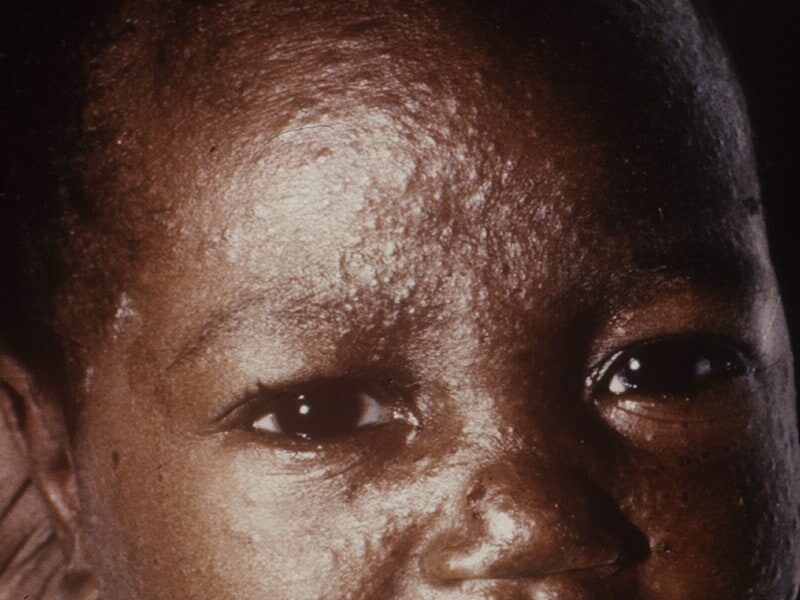AIDS breakthrough high hopes hit tight budgets
After 30 years and over 20 million deaths in Africa alone, US researchers report that early treatment of people infected with the human immunodeficiency virus (HIV) that leads to AIDS cuts transmission of the disease by over 96 per cent. Announced by the US National Institutes of Health on 12 May after a six-year, nine-country clinical trial that cost $73 million, the discovery that anti-retroviral drugs (ARVs) can make people living with HIV far less infectious means that humanity finally has the tools to reverse the epidemic.
Previously, patients began ARV treatment in later stages of the disease. Although there is no cure for HIV, a combination or “cocktail” of different ARV drugs suppresses the virus and allows the body to recover. The patient must take the drugs for life.
The announcement has been welcomed as a “game changer” by Michel Sidibé, the head of UNAIDS, the UN’s anti-AIDS agency. The high rate of new infections — almost 2 million in Africa alone in 2009 — he told Africa Renewal, made it impossible for treatment programmes to keep pace. The continent can now make dramatic cuts in new infections and get ahead of the treatment curve.
“This finally settles the debate over whether to invest in prevention or treatment,” says Mr. Sidibé. “Now we know that treatment is prevention.” UN Secretary-General Ban Ki-moon opened a three-day conference on AIDS at UN headquarters in early June with the declaration that “today we are gathered to end AIDS.”
UNAIDS reported at the 8-10 June meeting that new infections, AIDS-related deaths, overall infection rates and new infections have dropped in recent years in Africa. While access to ARVs has skyrocketed, spending on HIV and AIDS programmes is about $8 billion short of needs. Past pledges to increase spending on anti-AIDS services have gone unmet.
The breakthrough on treatment comes amidst signs of donor fatigue. After a nearly 10-fold increase in resources for HIV treatment and prevention programmes in African and other developing countries over the past decade, UNAIDS and the US-based Kaiser Family Foundation report that international AIDS funding was static in 2009, at $7.6 billion, the first year ever without an increase. The numbers for 2010 show a drop from 2009 levels, the first significant decline in funding since the global epidemic began.
“I think the era when we could rely on increased funding for AIDS programmes in developing countries is probably over,” Kaiser Family Foundation Vice-President and Global Health and HIV Policy Director Jennifer Kates told Africa Renewal. “The only real question is whether funding will hover around current levels or whether last year’s drop is the beginning of a long-term decline” — a situation that would make it difficult for people in developing countries to take advantage of the breakthrough.
Testifying before the US Congress last year, Dr. Peter Mugyenyi, director of the pioneering Joint Clinical Research Centre in Kampala, the first and largest ARV treatment facility in Uganda, praised Washington’s multi-billion-dollar AIDS treatment programme, the President’s Emergency Plan for AIDS Relief (PEPFAR), for saving countless African lives. Because of funding from PEPFAR, the Global Fund to Fights AIDS, Tuberculosis and Malaria, national health budgets and other donors, the number of Africans on ARVs has risen from fewer than 50,000 in 2002 to about 4.5 million in less than a decade.
But he also informed the lawmakers that “the twin realities of the [2008] economic crisis and flat-lining of funds for PEPFAR threaten to reverse these highly positive changes and miss opportunities to defeat the epidemic.” Dr. Mugyenyi maintained that funding needs must increase as newly infected patients join those already in therapy. He reminded the US legislators that, despite the huge improvement in access to treatment over the past decade, fewer than half of Africans who need the drugs currently receive them.
With the means to roll back HIV now within reach, many doctors and researchers have called for redefining ARV treatment as a prevention tool and expanding testing to identify people with HIV before they infect others.
The 11 June 2011 issue of the influential medical journal The Lancet called for moving money out of poorly targeted and often-ineffective prevention programmes aimed at changing individual behaviour into ARV-based treatment-as-prevention efforts, which will save money over the long term by preventing millions of new infections and deaths.
The Lancet however editorialized that paying for large increase in drug access and administering the powerful drugs to millions of additional patients through today’s overstretched public health systems is “a huge challenge.”
Advocacy groups, including the South African Treatment Action Campaign and Doctors Without Borders, point to restrictions on the export of cheaper generic copies of patented ARV medicines to African and other poor countries.
Generics have reduced costs from as much as $15,000 per year in 2000 to as little as $200 per year currently. The innovative combination of up to three of the most effective ARV drugs into a single tablet by Indian manufacturers cut costs and made staying on treatment much easier.
Because India, Thailand and some other countries were not yet signatories to the intellectual property rules adopted by the World Trade Organization (WTO) in 1995, they were free to manufacture and market generic ARVs in African and other poor countries. In recent years, the main exporters of generics have adopted WTO controls, jeopardizing future supplies of the low-cost anti-AIDS drugs.
Africa led a successful fight at the WTO for an exemption to the export of generic drugs in 2003. But since then just one shipment of drugs has been made, a track record that has dashed hopes that the exemption would serve as a lifeline to African and other poor countries. Michelle Childs, policy director for Doctors Without Borders’ drug access programme, also accused the US and the European Union of seeking tougher patent protections than required by the WTO in bilateral trade negotiations with developing countries. Such actions, she told Africa Renewal, undermine access to medicines by the global poor.
Despite the obstacles, UNAIDS head Sidibé is optimistic that Africa is turning the corner on HIV/AIDS and that resources for the continent’s other urgent health needs will be found. “You cannot deal with maternal heath and child health and maternal mortality in Africa and not deal with HIV,” he told Africa Renewal. “You cannot deal with tuberculosis if you cannot deal with HIV and vice versa. So this means that AIDS can be used to leverage progress in other areas. It is time to take AIDS out of this mode of crisis management and look at it as a long-term response.”
By Michael Fleshman
Sierra Express Media in collaboration with Africa Renewal www.un.org/africarenewal
© 2011, https:. All rights reserved.






